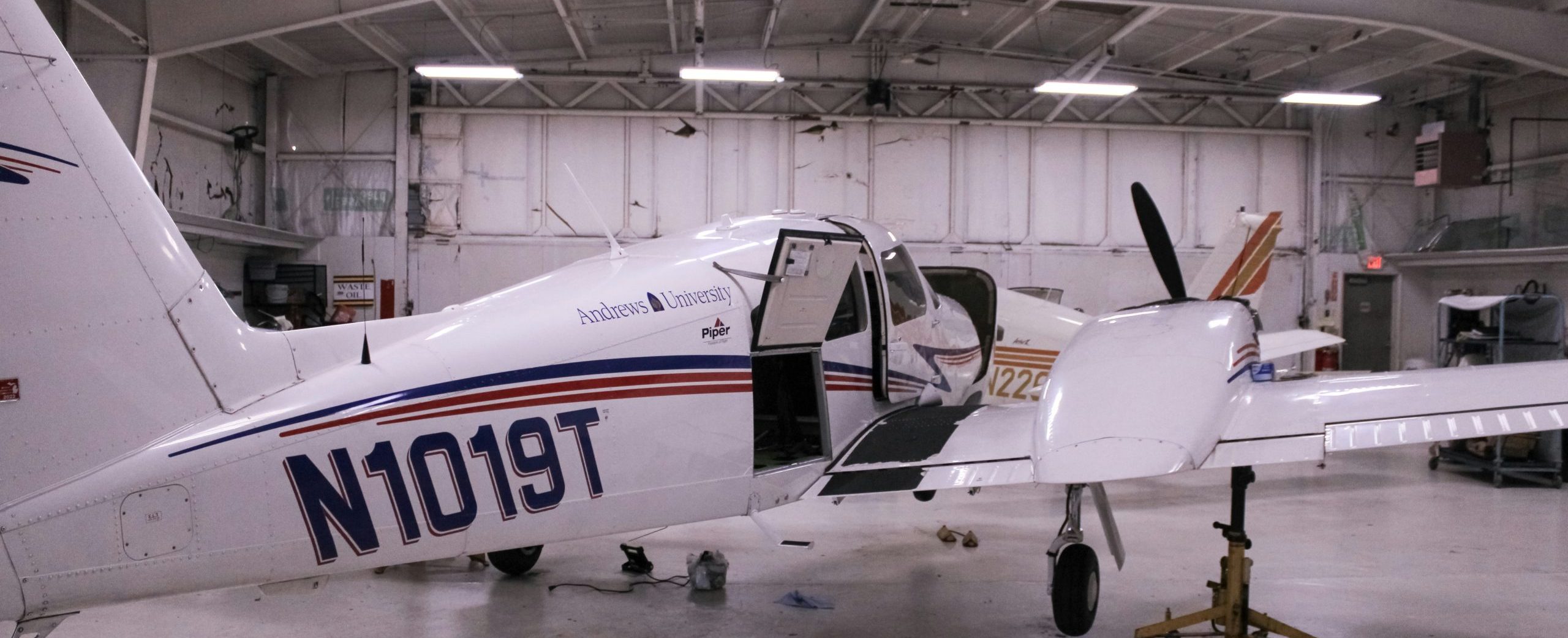In the intricate world of aviation maintenance, where safety and compliance are paramount, the effective management of regulatory requirements is essential. Compliance management systems (CMS) play a pivotal role in ensuring that aviation maintenance procedures adhere to applicable regulations, standards, and best practices. In this article, we delve into the importance of CMS in streamlining aviation maintenance procedures and discuss how these systems optimize efficiency, enhance safety, and ensure regulatory compliance.
Understanding Compliance Management Systems
Compliance management systems are comprehensive frameworks designed to facilitate the management of regulatory requirements within an organization. In the context of aviation maintenance, CMS encompass a range of processes, procedures, and tools that enable organizations to identify, assess, monitor, and mitigate compliance risks effectively.
Key components of compliance management systems include:
- Regulatory Intelligence: CMS provide mechanisms for monitoring and tracking regulatory changes, updates, and requirements relevant to aviation maintenance operations. By staying abreast of regulatory developments, organizations can ensure that their maintenance procedures remain up to date and compliant with current standards.
- Risk Assessment: CMS enable organizations to conduct risk assessments to identify potential compliance risks and vulnerabilities within maintenance procedures. By assessing the likelihood and impact of compliance failures, organizations can prioritize resources and efforts to mitigate the most significant risks.
- Policy and Procedure Management: CMS facilitate the development, documentation, and dissemination of policies, procedures, and work instructions related to aviation maintenance. Standardized procedures help ensure consistency, reliability, and compliance with regulatory requirements across maintenance operations.
- Training and Education: CMS provide mechanisms for delivering training and education programs to personnel involved in aviation maintenance. Training ensures that employees have the knowledge, skills, and competencies needed to perform their jobs safely and effectively while complying with regulatory requirements.
- Monitoring and Reporting: CMS include mechanisms for monitoring compliance performance, tracking key metrics, and generating reports to assess compliance status and effectiveness. Regular monitoring and reporting enable organizations to identify areas for improvement and implement corrective actions as needed.
Streamlining Maintenance Procedures with CMS
Compliance management systems streamline aviation maintenance procedures in several ways:
- Centralized Oversight: CMS provide a centralized platform for managing compliance activities, documentation, and reporting. By centralizing oversight, organizations can ensure consistency, visibility, and accountability across maintenance operations.
- Automated Workflows: CMS automate routine tasks, workflows, and processes associated with compliance management. Automation reduces manual effort, minimizes errors, and improves efficiency in managing regulatory requirements.
- Real-Time Compliance Monitoring: CMS enable real-time monitoring of compliance performance, allowing organizations to proactively identify and address compliance issues as they arise. Real-time monitoring ensures timely intervention and minimizes the risk of non-compliance.
- Continuous Improvement: CMS support a culture of continuous improvement by facilitating feedback, data analysis, and performance evaluation. By leveraging insights from compliance monitoring and reporting, organizations can identify opportunities for optimization and implement changes to enhance efficiency and effectiveness.
Benefits of CMS in Aviation Maintenance
Implementing compliance management systems in aviation maintenance operations offers several key benefits:
- Enhanced Safety: By ensuring compliance with regulatory requirements, CMS help mitigate safety risks and promote a culture of safety within maintenance operations.
- Improved Efficiency: Streamlining maintenance procedures through CMS automation and optimization reduces downtime, enhances productivity, and improves resource utilization.
- Regulatory Compliance: CMS help organizations maintain compliance with applicable regulations, standards, and best practices, reducing the risk of regulatory penalties and liabilities.
Conclusion
In conclusion, compliance management systems play a vital role in streamlining aviation maintenance procedures, optimizing efficiency, enhancing safety, and ensuring regulatory compliance. By providing centralized oversight, automated workflows, real-time monitoring, and continuous improvement capabilities, CMS empower organizations to manage compliance risks effectively and uphold the highest standards of safety and reliability in maintenance operations. Through the implementation of robust CMS frameworks, aviation maintenance organizations can navigate the complex regulatory landscape with confidence, ensuring the continued airworthiness and safety of aircraft for years to come.

